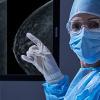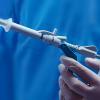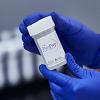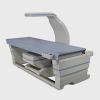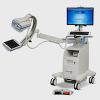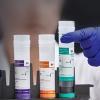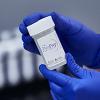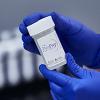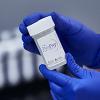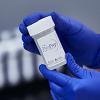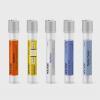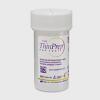The Future of Breast Cancer, from Detection to Treatment

Breast cancer is the most diagnosed global cancer, with 2.3 million cases newly diagnosed and 685,000 deaths in 2020 registered.1 What’s more, the worldwide burden of breast cancer is set to increase, with an estimated 3 million new cases and 1 million deaths projected for 2040.2
So how can we ensure organisations and healthcare professionals working in breast health can meet increased demand, with a backdrop of strained resources? At Hologic, we work across the full Breast Continuum of Care and firmly believe the answers lie in a holistic approach to the breast cancer patient pathway, which will both improve workflow efficiencies and ensure patient needs come first.
By uniting the various professionals from the fields of imaging, pathology and surgery, we can create a wider, less disjointed, understanding of breast cancer. This would allow us to begin to address some of the most pressing issues of today and the future, like the application of AI to medical imaging to manage resource efficiently, how to build risk assessment models to prioritise those most at risk of developing disease and how to tailor detection and treatment pathway according to each individual.
Sung H, Ferlay J, Siegel RL, et al. Global Cancer Statistics 2020: GLOBOCAN estimates of incidence and mortality worldwide for 36 cancers in 185 countries. CA Cancer J Clin 2021; 71: 209–49.
Arnold M, Morgan E, Rumgay H, et al. Current and future burden of breast cancer: Global statistics for 2020 and 2040. The Breast 2022; September 01. Available online at https://www.thebreastonline.com/article/S0960-9776(22)00144-8/fulltext. Last accessed December 2022

